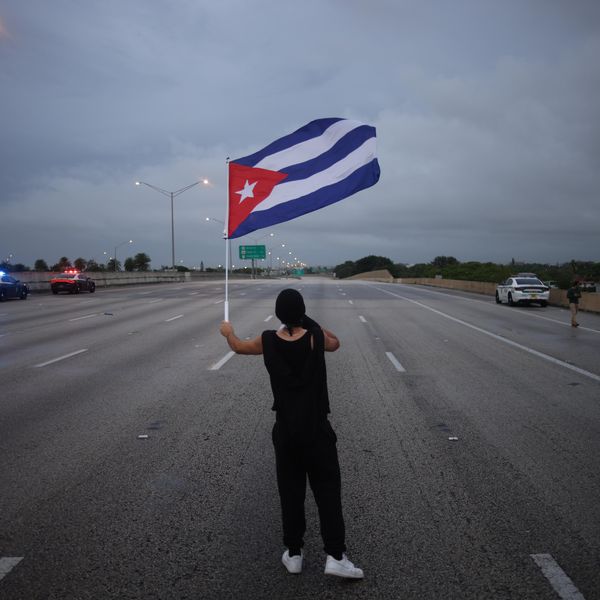Update 8/10, 4 p.m. ET: President Biden made a detailed formal request for a new $40 billion emergency spending bill that includes some $25 billion in Ukraine-related assistance.
Roll Call has and excellent synopsis of what is in the request, here.
My colleague Bill Hartung looks at that military aid more closely and what isn't in the request, here.
According to reports from Bloomberg News, President Biden is expected to unveil a new $25 billion aid package for Ukraine today. This will reportedly include $13 billion in military assistance and $12 billion for humanitarian relief and other assistance.
This tracks with reports from Politico and Punchbowl News this week, that Biden is putting together a package for Congress to vote on this fall.
The U.S. has disbursed nearly $44 billion in weapons and other military assistance since the Russian invasion of Ukraine in February 2022 (that is not counting other aid, which takes that total to over $113 billion).
Politico quotes Army acquisitions chief Doug Bush as confirming the president is firming up a proposal. “Details of that still have to be set by the Office of Management Budget but I think we have a very strong case to hopefully garner congressional support for continued funding for munitions, production increases, and munitions buys to support Ukraine," he said.
Congress will have to act on this before the Sept. 30 fiscal year deadline, at which time it will be expected to pass all major spending bills or the government shuts down. According to Hill watchers, the Ukraine aid will likely not be a standalone bill, but part of a supplemental "emergency spending" package that falls outside of the spending caps that Congress and Biden agreed to during the debt ceiling debate. It will also include other "must have" items in it, like disaster relief for major U.S. storm events and/or new weapons aid for Taiwan.
Of course there will be some sort of fight on Capitol Hill but the shape and rigor of it is not yet known. House Speaker Kevin McCarthy has said he would not support any new spending above the caps, yet Senators like Lindsey Graham, Mitch McConnell, and Chuck Schumer have advocated using emergency spending to breach those limits, including defense hikes, from the start. Some Republican lawmakers say they will oppose new Ukraine aid, or put conditions on it, but it is clear they are outnumbered in this regard on both sides of the aisle. Whether they can stymie the process in the House is the question.
And how do Americans feel? It depends on the polling and the timing. According to a CNN/SSRS poll released last week, 55 percent of Americans do not think Congress “should authorize additional funding to support Ukraine in the war with Russia,” while 45 percent said Congress should approve more. Pluralities continued to support military training and intelligence gathering for Ukraine, but only 43 percent said the U.S. should be giving the country more weapons.
















